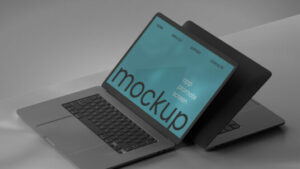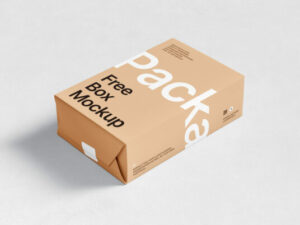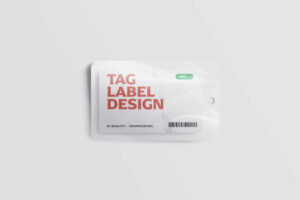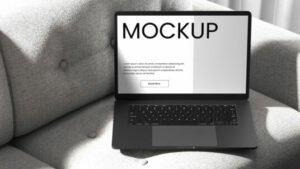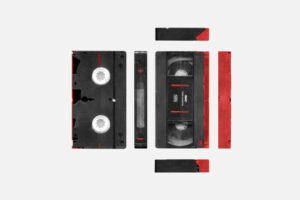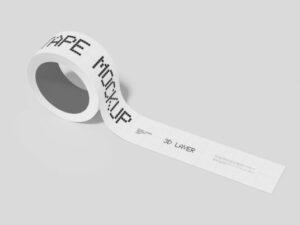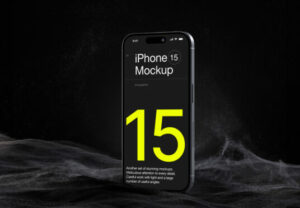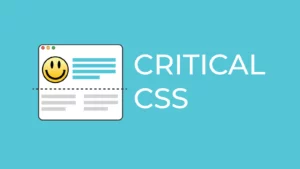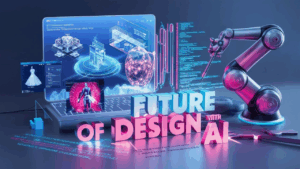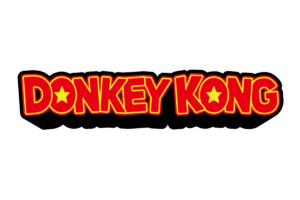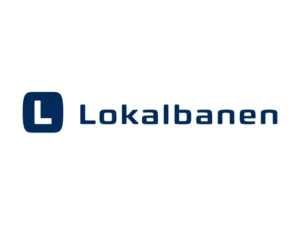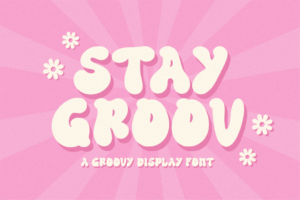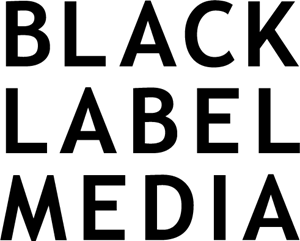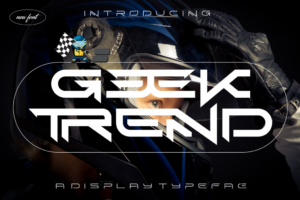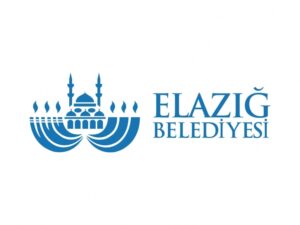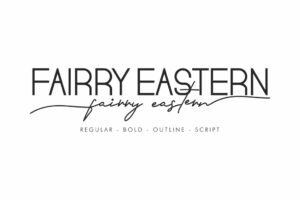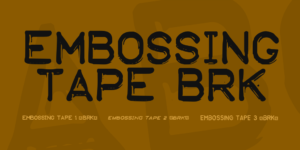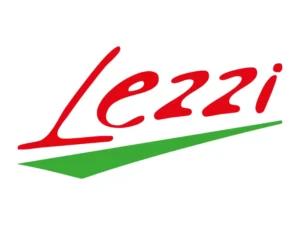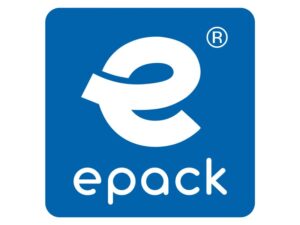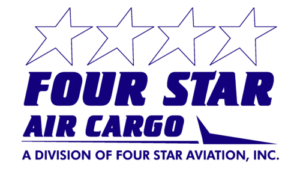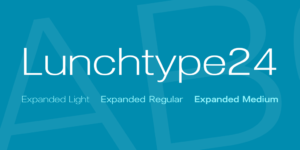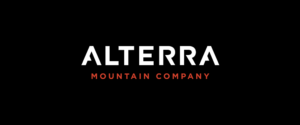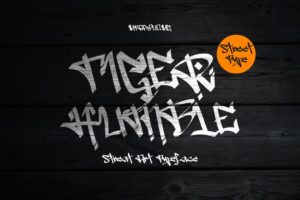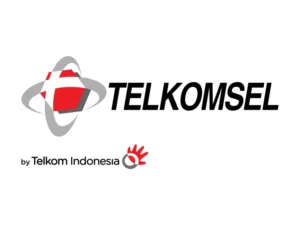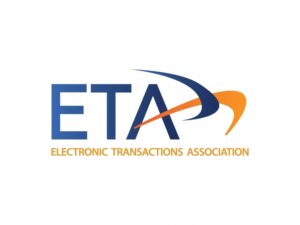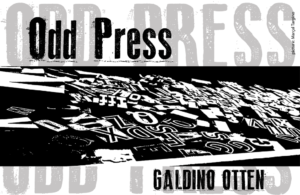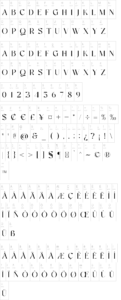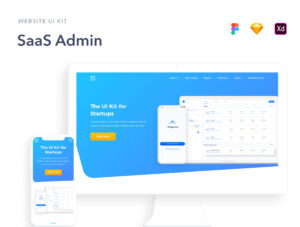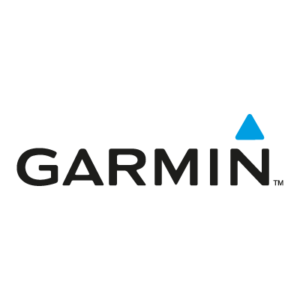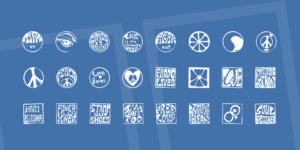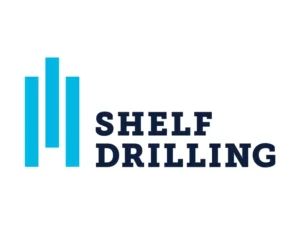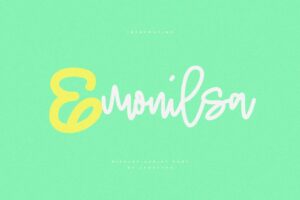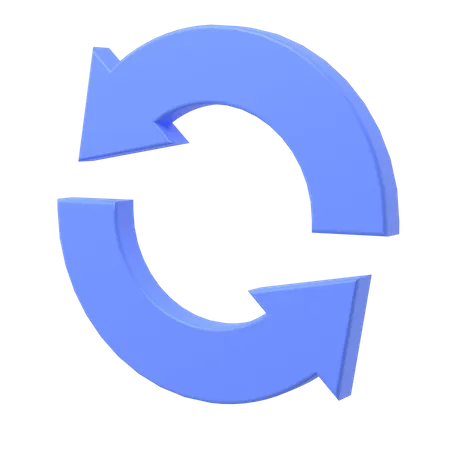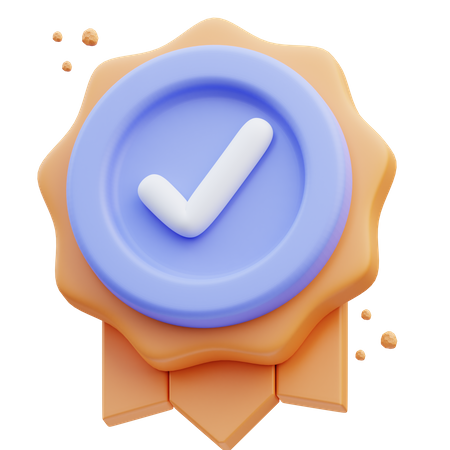Computer Modern Font Family
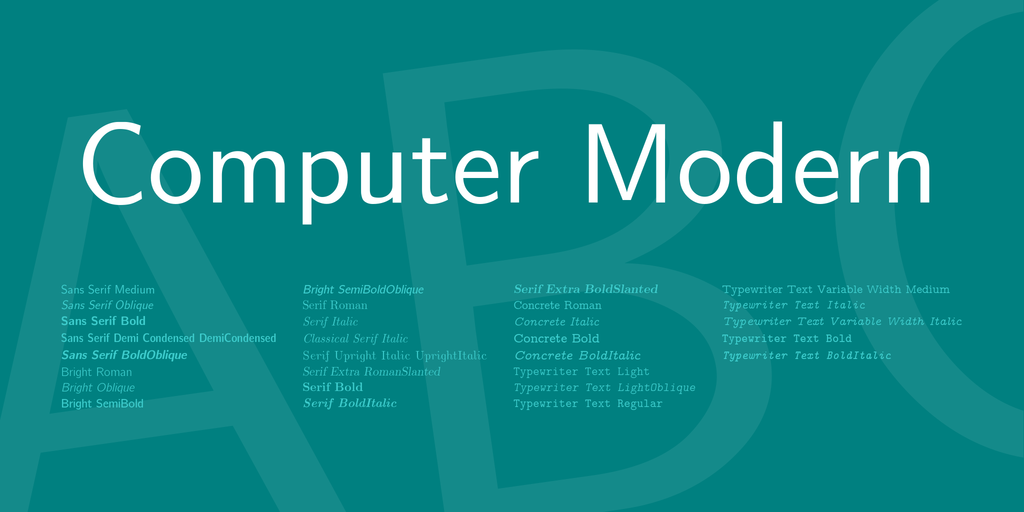
About From Wikipedia: Computer Modern is the original family of typefaces used by the typesetting program TeX. It was created by Donald Knuth with his Metafont program, and was most recently updated in 1992. Computer Modern, or variants of it, remains very widely used in scientific publishing, especially in disciplines that make frequent use of mathematical notation.
As implied by the name, Computer Modern is a ‘Didone’, or modern serif font, a genre that emerged in the late 18th century as a contrast to the more organic designs that preceded them. Didone fonts have high contrast between thick and thin elements, and their axis of “stress” or thickening is perfectly vertical. Computer Modern was specifically based on the 10 point size of the American Lanston Monotype Company’s Modern Extended 8A, part of a family Monotype originally released in 1896. This was one of many modern faces issued by typefounders and Monotype around this period, and the standard style for body text printing in the late nineteenth century.
In creating the TeX publishing system, Knuth was influenced by the history of mathematics and a desire to achieve the “classic style” of books printed in metal type. Modern faces were used extensively for printing mathematics, especially before Times New Roman became popular for mathematics printing from the 1950s.
The most unusual characteristic of Computer Modern, however, is the fact that it is a complete type family designed with Knuth’s Metafont system, one of the few typefaces developed in this way. The Computer Modern source files are governed by 62 distinct parameters, controlling the widths and heights of various elements, the presence of serifs or old-style numerals, whether dots such as the dot on the “i” are square or rounded, and the degree of “superness” in the bowls of lowercase letters such as “g” and “o”. This allows Metafont designs to be processed in unusual ways; Knuth has shown effects such as morphing in demonstrations, where one font slowly transitions into another over the course of a text. While it attracted attention for the concept, Metafont has been used by few other font designers; digital font designer Jonathan Hoefler commented that “Knuth’s idea that letters start with skeletal forms is flawed” and Knuth commented “asking an artist to become enough of a mathematician to understand how to write a font with 60 parameters is too much.”
Download now to enhance your projects with visually stunning and user-friendly designs. With FigmaResource.com, you can save time, boost your productivity, and achieve professional-grade results without breaking the bank. Start exploring our vast collection today and take your design projects to the next level!
Discover an extensive library of free, high-quality design assets at FigmaResource.com, your go-to destination for all things Figma. Whether you’re a professional designer or just starting out, our platform offers a wide range of resources, including UI kits, icons, templates, and more, all meticulously crafted to help you streamline your design workflow.
At FigmaResource.com, we understand the importance of having the right tools at your fingertips, which is why we provide these assets completely free of charge.
- 1800s, body text, Bold, didone, Heavy, Italic, latex, light, medium, meta, Modern, monospaced, narrow, regular, rounded, sans serif, semi rounded, Serif, tex, Typewriter
Please be aware that while you can download free resources from our website, we do not host any of the files directly. All resources are handpicked and collected from various external sources.


